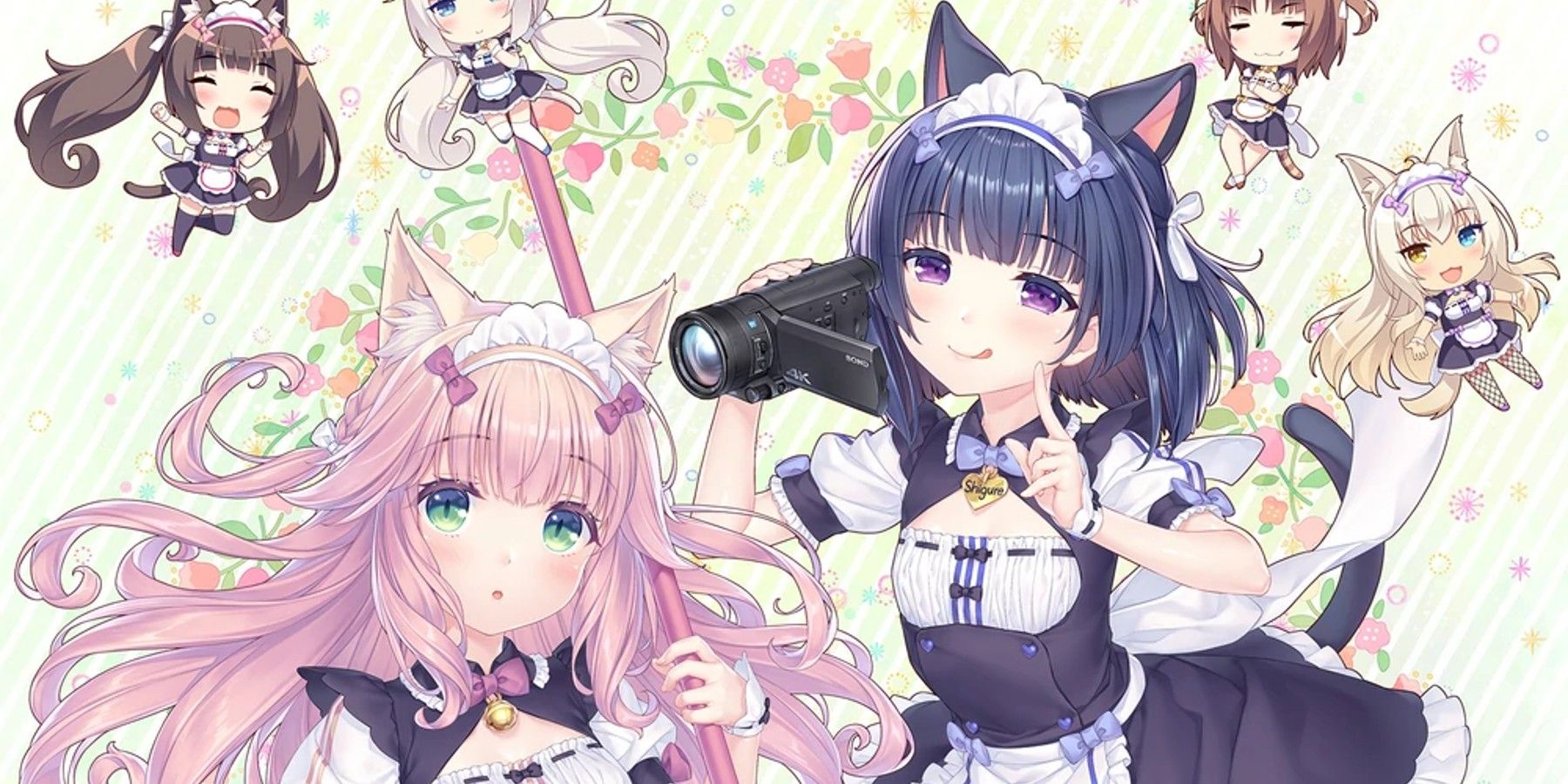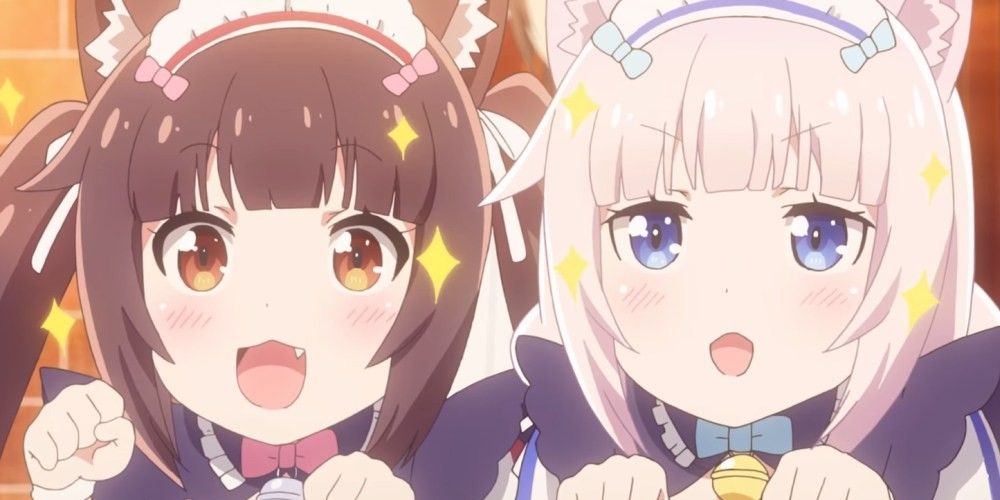When it comes to well-established video game genres in the West, visual novel may not be the first that comes to mind. Before the massive interest generated around Doki Doki Literature Club, one of the few break-out visual novels to be developed in the United States, Western gamers may not have known about a single visual novel. Visual novels are further divided into several subgenres, with "eroge" titles like Nekopara being one of particular note in Japan.
There are horror visual novels like DDLC, or adventure visual novels like Ace Attorney, but many major publishers probably wouldn't think about touching eroge due to its explicit content. In fact, American publisher Sekai Project, responsible for translating dozens of visual novels, began as a fan translation group that expanded over time. Among many works that can now be found in English, Neko Works' Nekopara is one of the best examples of how to translate foreign media for Western audiences.
What Is Nekopara?
In a world where humans live alongside anthropomorphized cats called Nekos, Minaduki Kashou opens a confectionery and takes in Chocola and Vanilla, two abandoned Nekos he and his sister Shigure found. Nekopara Volume 1 focuses mostly on the relationship between Chocola, Vanilla, and Kashou as the trio run the new business while trying to keep things professional. The subsequent Nekopara volumes add new Nekos to Kashou's staff list, and dive deeper into the different characters.
Nekopara's story is fairly standard compared to other visual novels like Yosuga no Sora, which has more thematic depth. Yet, there are no shortages of poignant scenes in Nekopara, like Chocola's confession to Kashou, and the voice acting injects a lot of emotion into them. The voice actors describe actions instead of mimicking the sounds one might hear in reality, which makes them sound more endearing than they really are. The voice acting also gets noticeably better in each subsequent volume as the series becomes more popular.
Proper Translation and E-mote Technology Make Nekopara an Example to Follow
There are numerous examples of translation concerns with Japanese games. Fortunately, Sekai Project used fluent bilingual translators for Nekopara. The voice lines are only available in Japanese, but text was available in Japanese, English, and Chinese upon release. Unlike other games that are first launched in Japanese and later translated abroad, Nekopara is a true collaborative effort between Neko Works and Sekai Project that offers players a quality English script.
The lead artist behind Nekopara, a Chinese-Japanese illustrator who goes by Sayori, focuses heavily on a "lolita" aesthetic that's complemented by the series' E-mote technology. Visual novels usually feature static sprites, but the E-mote game engine allows for limited movement of certain body parts, adding dynamism to the 2D visuals. Nekopara may not be the only visual novel to use E-mote, but it's definitely a game that uses it to the fullest extent, from characters blinking and lip-synced voice acting to more cat-like features such as Neko tails.
Though Nekopara is overtly erotic, the kind of game many wouldn't expect to find on platforms like Steam, it's framed in such a way that Kashou and the Nekos develop a reciprocal relationship of affection throughout each game. This title isn't the only example of its kind, and Western media also plays with concepts such as salacious cat girls via characters like DC Comics' Catwoman. Yet the way Nekopara treats its subject matter with care when translating that outside of Japan makes it one of the most successful examples of its genre.
Nekopara - After La Vraie Famille is in development.



